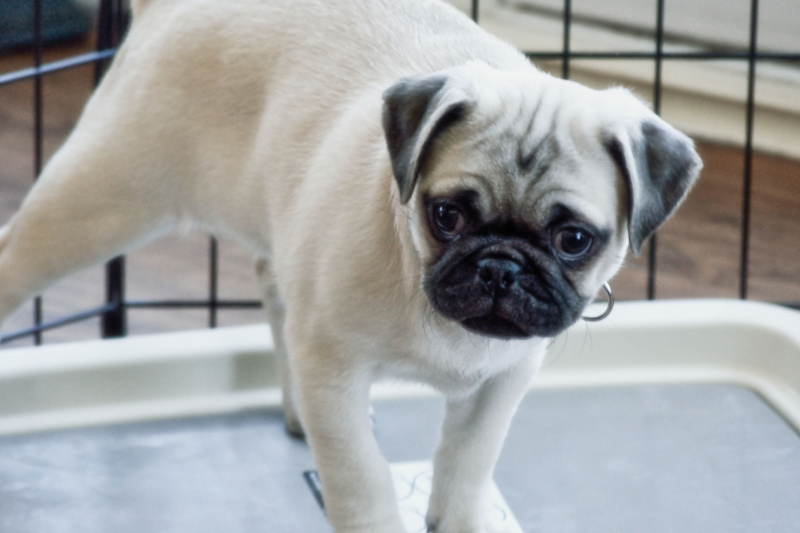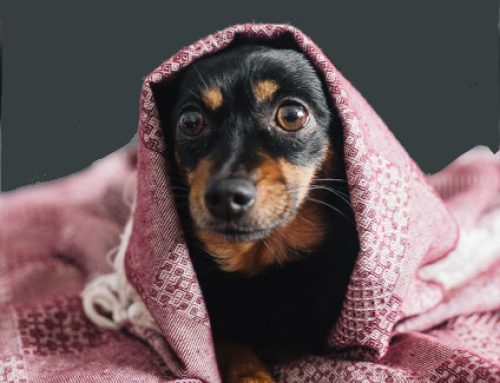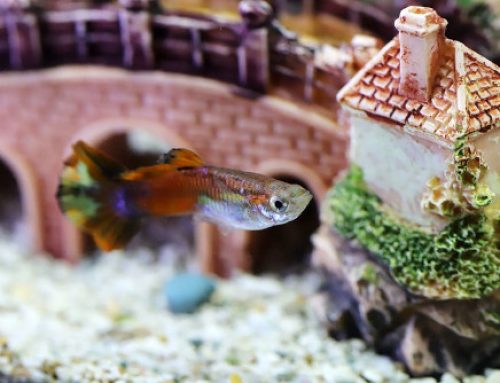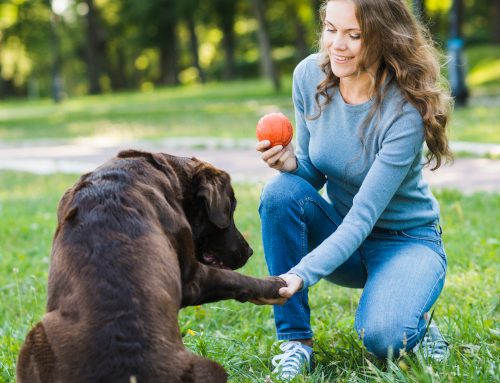
As a dog lover and professional dog trainer, I know that house training a puppy or adult dog can seem like difficult task, but it is a crucial part of pet ownership. Whether you have a new puppy or an older dog, it is important to understand the basics of potty training.
One of the first things you need to know about potty training is understanding your dog’s body language. Watch for signs that indicate when your pet needs to eliminate. This could be anything from sniffing around to circling or whining. Once you recognize these signs, you can quickly take your dog to the designated area.
If you have a new puppy, remember that they must go potty at frequent intervals – as soon as they wake up, after short naps, playtime, and meals, before and after being crated, and before bedtime. Make sure you take them outside to the same designated spot every time they need to go.
When your dog eliminates in the right spot, praise them enthusiastically. You can even give them a treat to reinforce this positive behavior. With consistent reinforcement, your dog will start associating with going potty in the right spot to positive rewards.
Over time, you can try signal training by hanging a bell at your dog’s level near the door and teaching them to push it with their nose or pat it with their paw on their way out. This way, your dog can alert you when they need to go outside.
Until your dog is fully potty trained, keep them under strict supervision. Do not let them roam around the house freely, and consider using a crate. A crate-trained dog is usually happy to have their own den, and they will not eliminate inside the crate because they do not want to soil their sleeping area.
If you live in an apartment or do not have an adequite backyard, you can try litter pan training for small dogs. Create a designated area in your house for your dog to eliminate and reinforce this behavior with positive rewards.
It is crucial to use positive reinforcement while housebreaking your dog. Do not scold or hit. This only makes them associate punishment with the need to potty. If you catch them in the act, a stern “NO” or “FREEZE” will do. This will startle them enough to stop pooping.
Be prepared to return to a soiled home if you leave your dog alone for more than 4 hours, as separation anxiety is common among dogs left alone for long periods. Accidents may also happen, but medical problems or health disorders could cause sudden accidents. If this occurs, seek veterinary help.
It is important to note that many dogs mark their territory. Use deodorizers to spray on the places where your dog has marked. And remember, house training a dog takes time and patience. It can take months to fully potty train a dog, but with commitment, consistency, and intelligent use of positive reinforcement, you will end up with a well-trained dog.
If you have a new puppy, housetraining may seem an impossible task, but it is essential. Puppies do not have full control over their bladders until they are over 4 or 5 months old. They eat more, burn more calories, and need to eliminate more frequently than adult dogs. After each nap, meal, drink, or play, take your puppy to their designated area, stay there until they eliminate, then bring them to their crate. Repeat this every day until they develop a habit out of it.
If you have an adult dog, the best way to housetrain them is to begin all over again. Observe them closely, even maintaining a diary of when they go and where. You can try using a crate, but be careful to introduce it gradually to avoid causing unnecessary stress. The crate should be the right size for your dog to stand up, turn around and lie down comfortably. When your dog is inside the crate, ensure that there are no hazards such as electrical cords or sharp objects nearby. Use positive reinforcement such as treats and praise when your dog eliminates in the right place. Remember that accidents will happen, especially during the training process. However, with patience, consistency, and positive reinforcement, you can successfully housetrain your adult dog.
Now that you have learned the essential tips and techniques for house training your dog, it’s time to put them into practice. Remember that housetraining a dog takes time, patience, and consistency.
Whether you have a puppy or an adult dog, the key is understanding your pet’s needs, establishing a routine, and using positive reinforcement techniques to encourage good behavior. By doing this, you can create a strong bond with your pet and enjoy a harmonious relationship for many years.
So, if you’re ready to take on the challenge of house training your dog, remember to stay positive, stay committed, and most importantly, have fun! With time and patience, you can achieve the goal of having a perfectly housetrained dog. For more help and ideas about house training your dog, Click here for a FREE course on housetraining puppies and older dogs.
References:
Coren, S. (2016). House Training a Puppy or Adult Dog. Psychology Today. Retrieved from https://www.psychologytoday.com/us/blog/canine-corner/201409/house-training-puppy-or-adult-dog
Humane Society of the United States. (n.d.). Housetraining Puppies. Retrieved from https://www.humanesociety.org/resources/housetraining-puppies
Humane Society of the United States. (n.d.). Housetraining Adult Dogs. Retrieved from https://www.humanesociety.org/resources/housetraining-adult-dogs
DISCLAIMER:
We use affiliate links and pay-per-action advertising. When you use these links to buy something we may earn a commission. Thank you for visiting and for your support.
PetsWebPages.com may contain copyrighted material. This use may not have been specifically authorized by the copyright owner. The material contained in this website is distributed for informational and educational purposes. Small portions of the original work may have been used but those portions could not easily be used to duplicate the original work. This usage constitutes ‘fair use’ of any such copyrighted material (referenced and provided for in section 107 of the US Copyright Law).
All trademarks displayed here are the property of their owners and are neither an endorsement nor a recommendation for or from those organizations. With the exception of affiliate links, linking to the websites of third-party organizations is not intended to imply we recommend those organizations or that the organizations endorse or have any affiliation with PetsWebPages.com.





